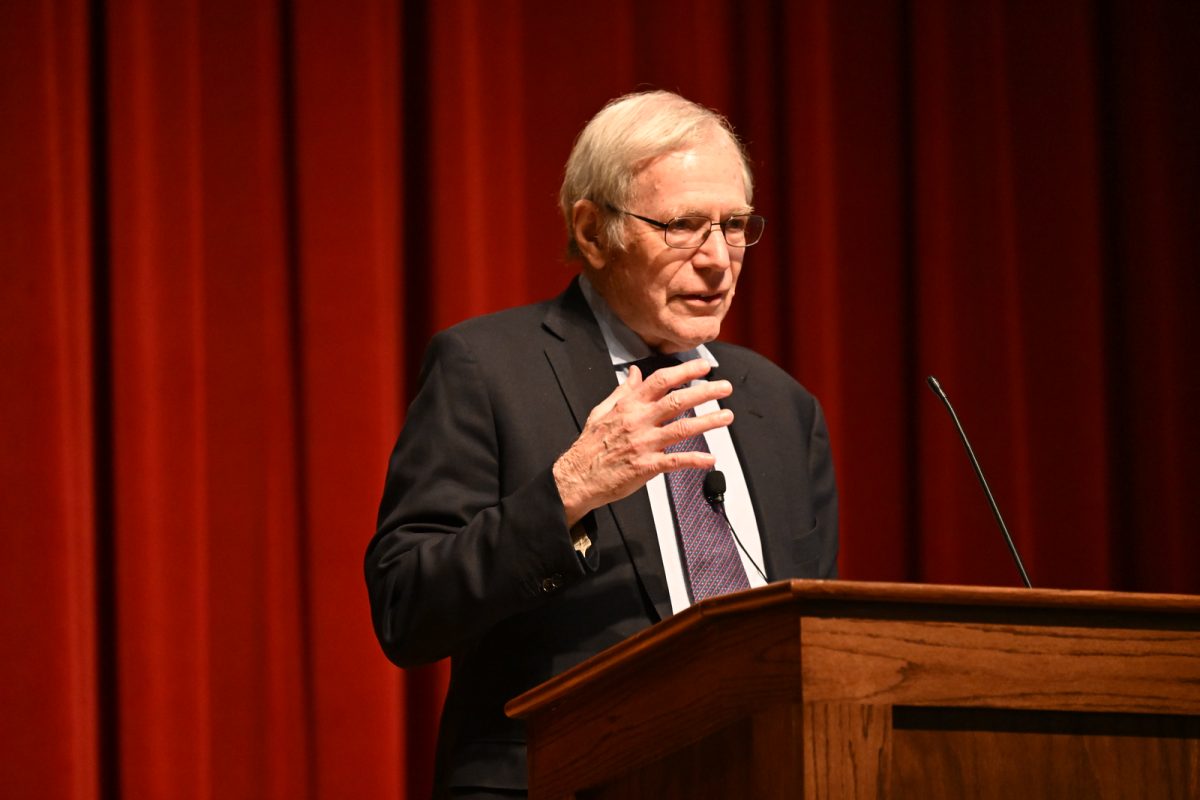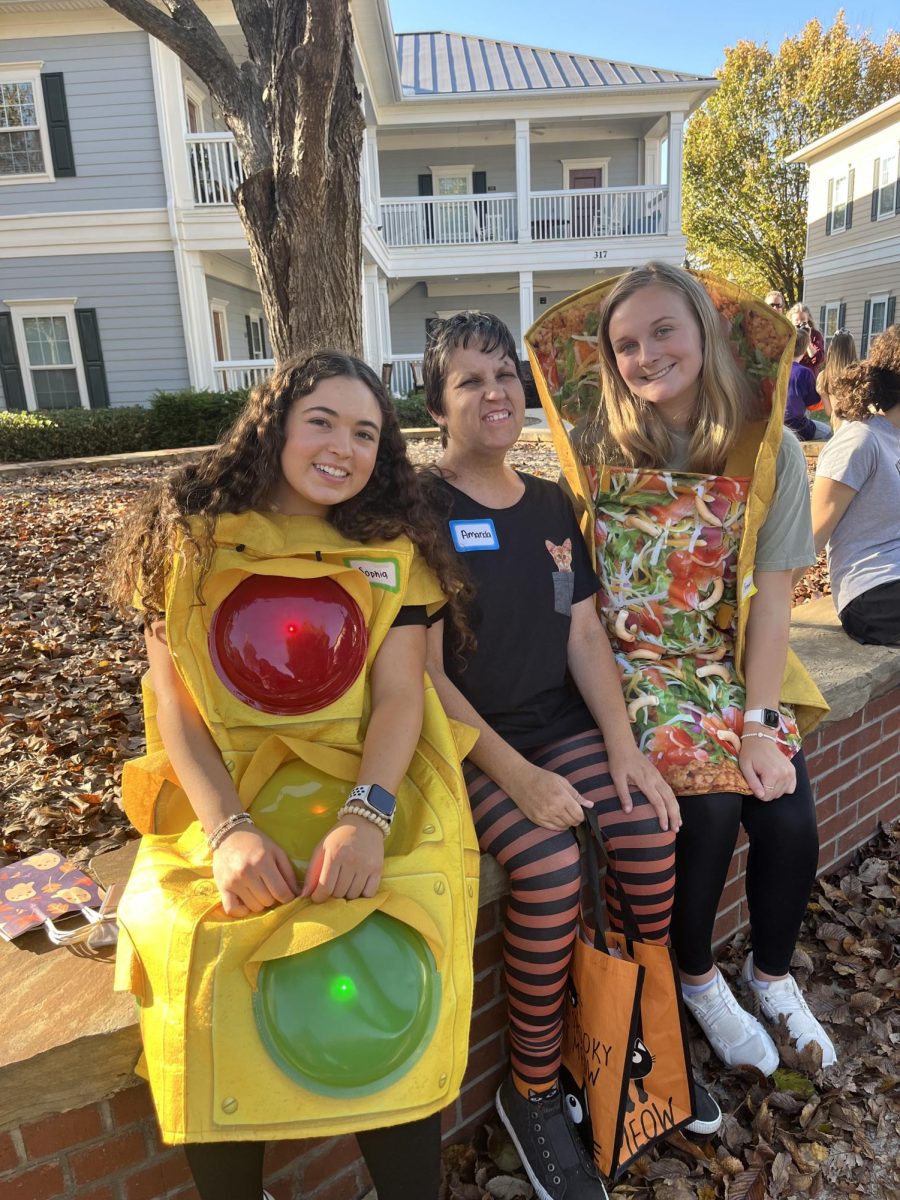Southern female artists in a time of social change
Art is a form of human expression as old as time, and Central to Their Lives, organized by The Johnson Collection and the latest exhibit in the Richardson Center for the Arts’ gallery, centers on the expression of female artists ranging from the 1890s to 1960s. The gallery features paintings, drawings and sculptures by artists including Margaret Law, Alma Thomas and Augusta Savage, as well as many others.
The focus of this collection is to highlight the expression by women through art in the South during a time when social and cultural barriers kept them from pursuing certain freedoms. Speaking on the message of and story behind this collection, museum curator Youmi Efurd said, “it is very meaningful to explore the marginalized fields of the art of American South, especially women artists from the South. In spite of conservative gender norms and biases, many women artists persisted and overcame the obstacles through education, artists clubs and regional expositions.”
Efurd continued on the impact of this collection and its all-female artists, saying: “the featured exhibition presents a wide range of themes and styles by women artists, testifying their training, experiences, and different socio-economic and cultural contexts. This exhibition is significant in acknowledging the previously overlooked Southern women artists.”
I decided to go and check out the gallery myself when it opened on Sept. 8 and was stunned by the beauty and attention to detail in every piece of artwork. Multiple different styles are used in the various paintings featured, including impressionism, watercolor and cubism. My personal favorite was Frances Greene Nix by Anne Wilson Goldthwaite, which portrays artist Frances Greene Nix sitting in a chair in a white dress and holding a necklace. As a feminist myself, the feminist background given for the painting spoke to me and put into context the collection in terms of its historical period.
The timing is great for the collection’s arrival, because, as Efurd said, “this is a unique and fitting moment to continue discussing the contributions of women as this year celebrates the 100th anniversary since the ratification of the 19th Amendment.”
























